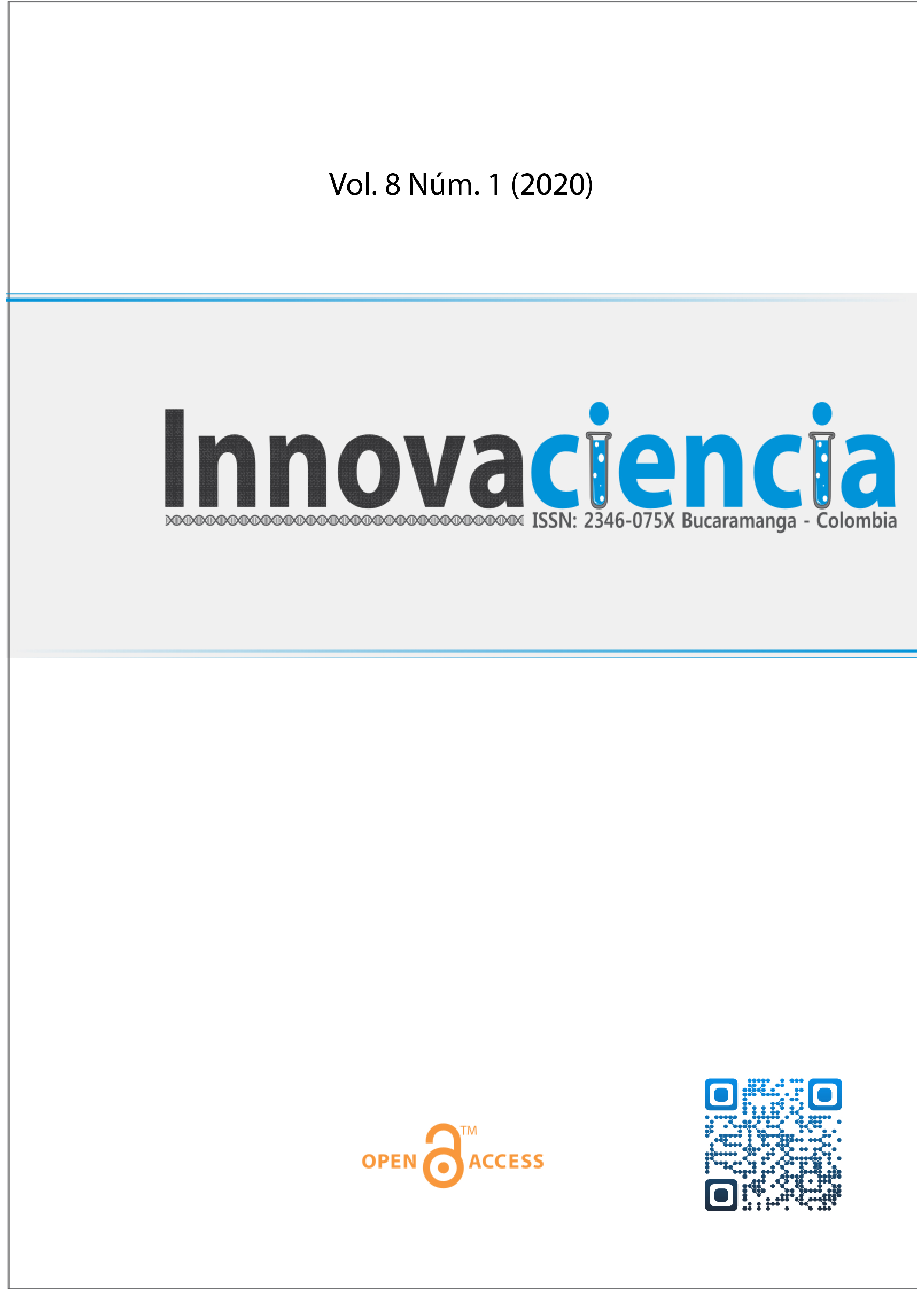Usar diferentes tipos de redes neuronales para detectar la preparación del cuerpo para la donación de sangre y determinar el valor de cada uno de sus parámetros mediante un algoritmo genético
DOI:
https://doi.org/10.15649/2346075X.998Palabras clave:
Perceptron neural network, RBF neural network, blood transfusion, Fisher’s discrimination ratio, genetic algorithmResumen
Blood transfusion is of great importance in the medical field, as blood donation centers are responsible for collecting and distributing blood and blood products. Artificial neural network is a data processing system getting ideas from the human brain and designs a data structure that acts like a neuron using programming science and by creating a network between these neurons and combining large amounts of data with smart algorithms and their rapid processing, the network is trained. In this study, data is extracted from the blood transfusion service center and the perceptron neural network, RBF neural network, Fisher’s discrimination ratio and genetic algorithm were examined, and finally the highest possible accuracy from the neural network was achieved.
Referencias
R. Beale and T. Jackson, Neural Computing (An Introduction), Adam Ililger (1990).
https://doi.org/10.1201/9781420050431
J. Schmidhuber, "Deep Learning in Neural Networks: An Overview". Neural Networks. 61: 85-117. (2015).
https://doi.org/10.1016/j.neunet.2014.09.003
D.Graupe, principles of artificial neural networks, world scientific publishing co. Pte. LTD., Vol.6, second edition, 2007.
https://doi.org/10.1142/6429
U. Orhan, M. Hekim, M. Ozer, "EEG signals classification using the K-means clustering and a multilayer Perceptron neural network model" Expert Systems with Applications 38 (2011) 13475-13481.
https://doi.org/10.1016/j.eswa.2011.04.149
Lowe, D, "Adaptive radial basis function non-linearities and the problem of generalisation", IEE Conf. on Artificial Intelligence and Neural Networks. 1989.
C. K. I. Williams, D. Barber "Bayesian Classification with Gaussian Process" IEEE Transactions on Pattern Analysis and Machine Intelligence (Volume: 20, Issue: 12, Dec 1998).
https://doi.org/10.1109/34.735807
Seryasat, Omid Rahmani, and Javad Haddadnia. "Evaluation of a new ensemble learning framework for mass classification in mammograms." Clinical breast cancer 18.3 (2018): e407-e420.
https://doi.org/10.1016/j.clbc.2017.05.009
J.L.R. Filho, P.C. Treleaven, C. Alippi, Genetic algorithm programming environments, IEEE Comput. 27 (1994) 28-43.
https://doi.org/10.1109/2.294850
Descargas
Publicado
Cómo citar
Descargas
Número
Sección
Licencia
Todos los artículos publicados en esta revista científica están protegidos por los derechos de autor. Los autores retienen los derechos de autor y conceden a la revista el derecho de primera publicación con el trabajo simultáneamente licenciado bajo una Licencia Creative Commons Atribución-NoComercial 4.0 Internacional (CC BY-NC 4.0) que permite compartir el trabajo con reconocimiento de autoría y sin fines comerciales.
Los lectores pueden copiar y distribuir el material de este número de la revista para fines no comerciales en cualquier medio, siempre que se cite el trabajo original y se den crédito a los autores y a la revista.
Cualquier uso comercial del material de esta revista está estrictamente prohibido sin el permiso por escrito del titular de los derechos de autor.
Para obtener más información sobre los derechos de autor de la revista y las políticas de acceso abierto, por favor visite nuestro sitio web.
















